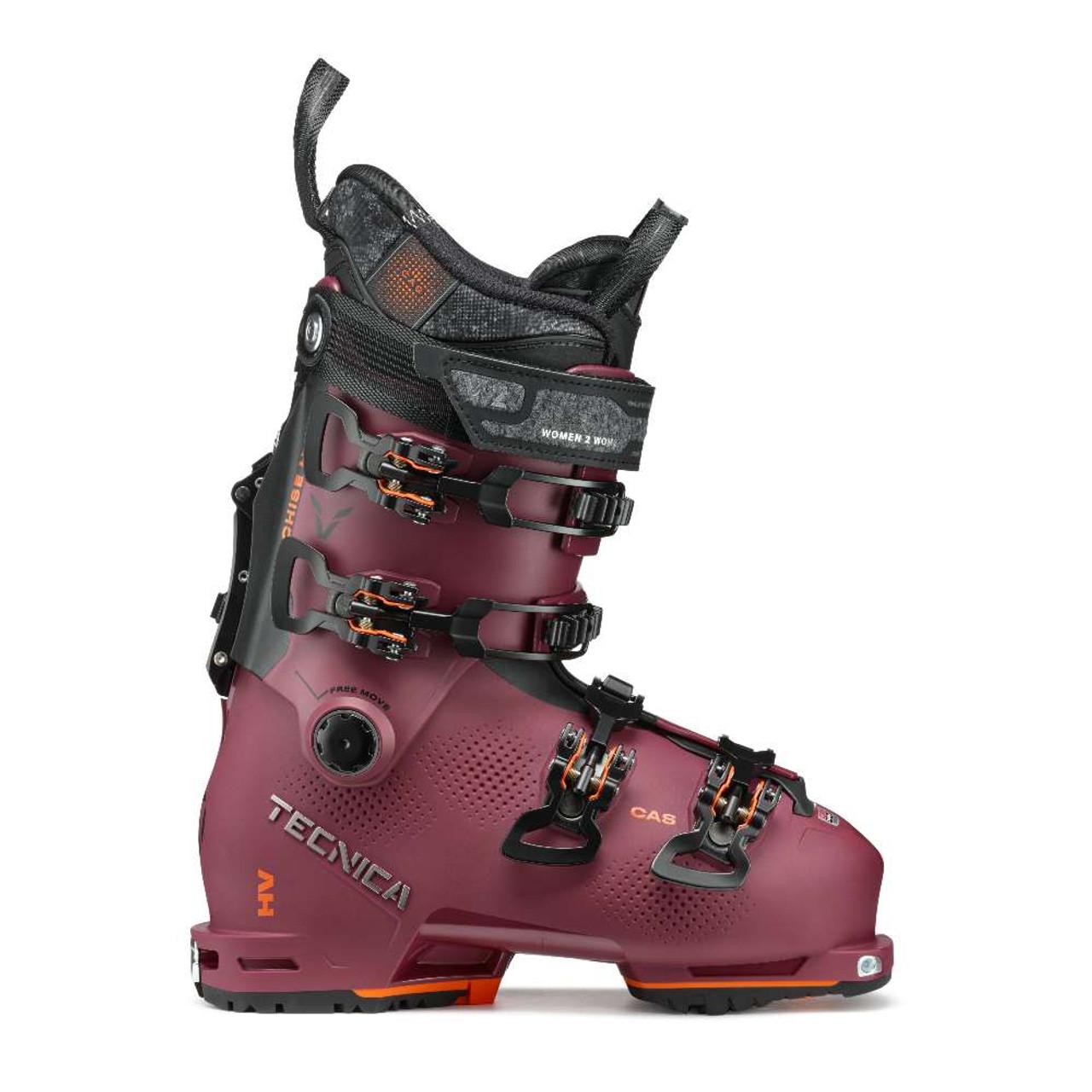The Importance of Boots Cast in Injury Recovery

Introduction
The boots cast, commonly referred to in medical settings as a walking boot or walker cast, has become an essential tool in the recovery of various lower limb injuries. These orthopedic devices are designed to immobilise the foot and ankle, allowing for a crucial healing period following injuries such as fractures, sprains, or post-surgery rehabilitation. With their rise in popularity, it is vital for patients and caregivers to understand their significance and proper use.
What is a Boots Cast?
A boots cast is a supportive device made from sturdy materials that encase the foot and ankle, providing protection and stability. Unlike traditional casts that are rigid and can restrict mobility, boots casts are often adjustable and may feature cushioned soles, allowing for a balance between immobilisation and mobility. This adaptability aids patients in navigating their surroundings with greater ease while still protecting their injuries.
Recent Trends in Boots Cast Usage
According to recent studies, the use of boots casts has increased significantly as they are recognised for their effectiveness in reducing recovery times and improving patient comfort. Healthcare professionals, including physiotherapists and orthopaedic surgeons, are increasingly recommending boots casts for their versatility over conventional plaster casts. A survey conducted by the British Orthopaedic Association in 2023 revealed that 72% of practitioners prefer boots casts for managing common foot and ankle injuries.
Benefits of Using a Boots Cast
The main advantages of boots casts include:
- Enhanced Mobility: Patients can walk with a boots cast while still practising limited weight-bearing as recommended by their healthcare provider.
- Comfort and Support: The cushioned interior helps reduce discomfort and promotes better mobility compared to stiff plaster casts.
- Customisable Fit: Many boots casts can be adjusted for a better fit, ensuring the level of support can be tailored to individual patient needs.
Conclusion
In summary, boots casts play a crucial role in the recovery process for those with lower limb injuries. As healthcare continues to evolve, the preference for boots casts over traditional methods signifies a shift towards more patient-friendly solutions. For readers faced with an injury requiring immobilisation, understanding the functionality and advantages of a boots cast could significantly impact their recovery journey. As continues to develop, it is recommended to stay abreast of new insights and practices surrounding boots cast usage in medical settings.
